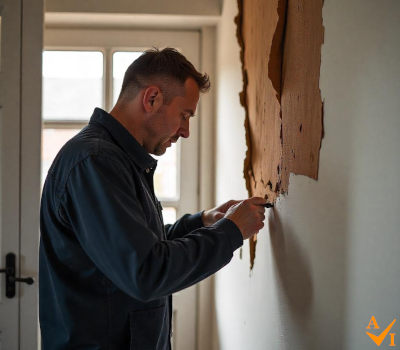Prevention is always better than cure. Regular inspections and maintenance checks are your first line of defence, helping you spot potential issues before they escalate. Not only does this keep your property in tip-top condition, but it also sends a clear message to your tenants - we care about our properties!
A well-drafted tenancy agreement is your next line of defence. It should clearly distinguish between tenant-caused damage and normal wear and tear. It should also detail the consequences of damage, providing a legal safety net. This clarity can prevent disputes and provide a solid basis for deductions from security deposits if necessary.
Next, establish an efficient system for tenants to report damage. This could be an online portal or a direct line of communication. Swift reporting can minimise the extent of the damage and, subsequently, the repair costs.
In cases of significant damage, don't hesitate to bring in the professionals. A professional assessment not only ensures a high standard of work but also provides an unbiased report that can be used in disputes or insurance claims.
Speaking of insurance, ensure you have comprehensive landlord insurance that covers property damage. This can provide a financial safety net for extensive damages that exceed the security deposit or are not covered by it.
Finally, if disputes do arise, handle them professionally. Keep all communication documented and, if necessary, use mediation services to resolve the issue. This approach helps maintain a positive landlord-tenant relationship and can prevent legal complications.
Remember, as a landlord, your proactive and prepared approach is key to managing property damage effectively. After all, a smooth-running rental business and well-maintained properties are what we all aim for, aren't they?











